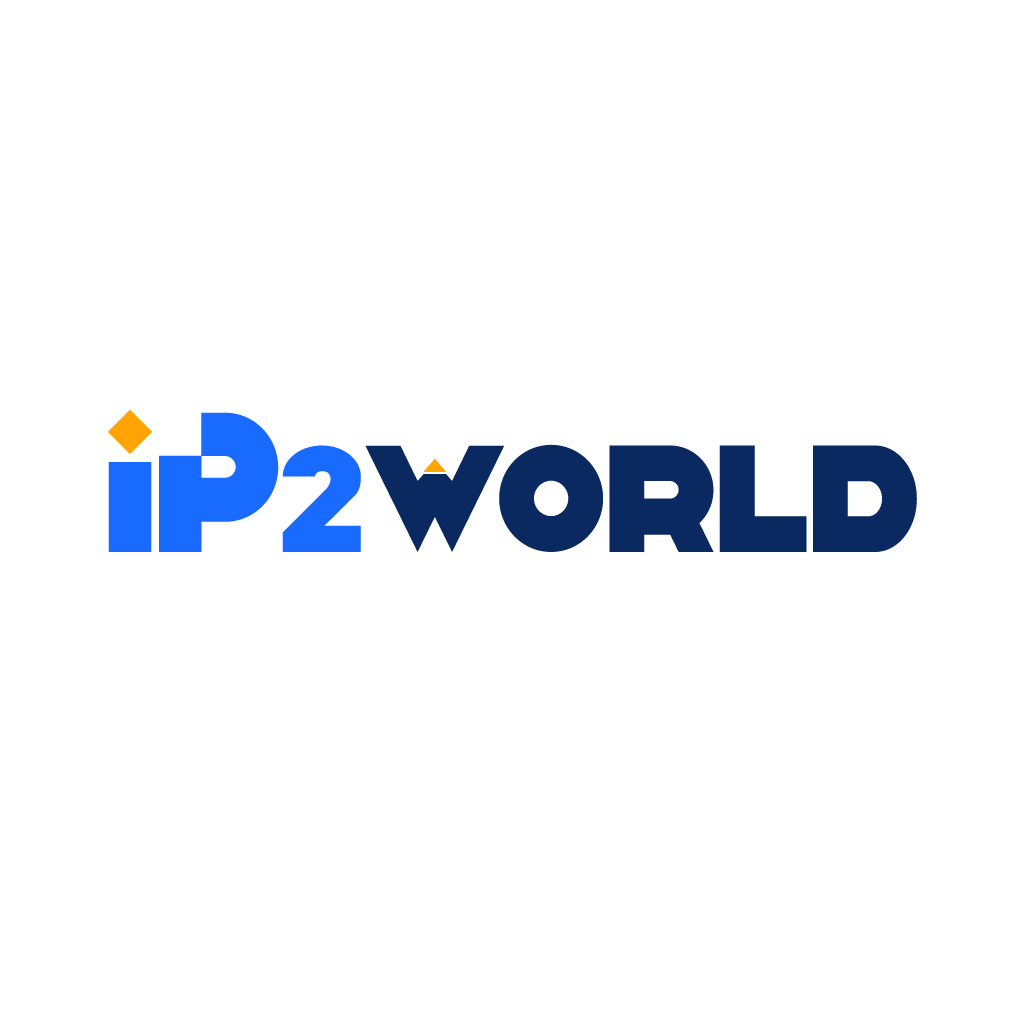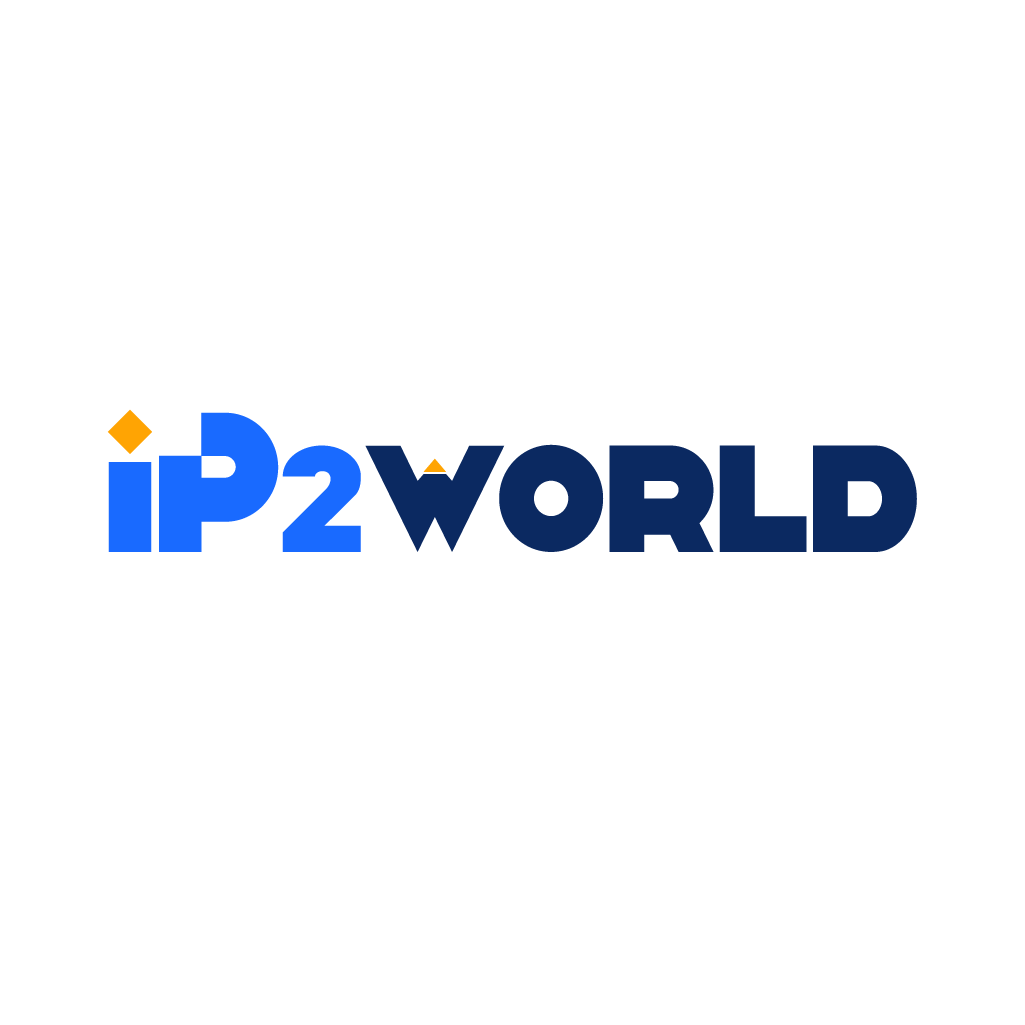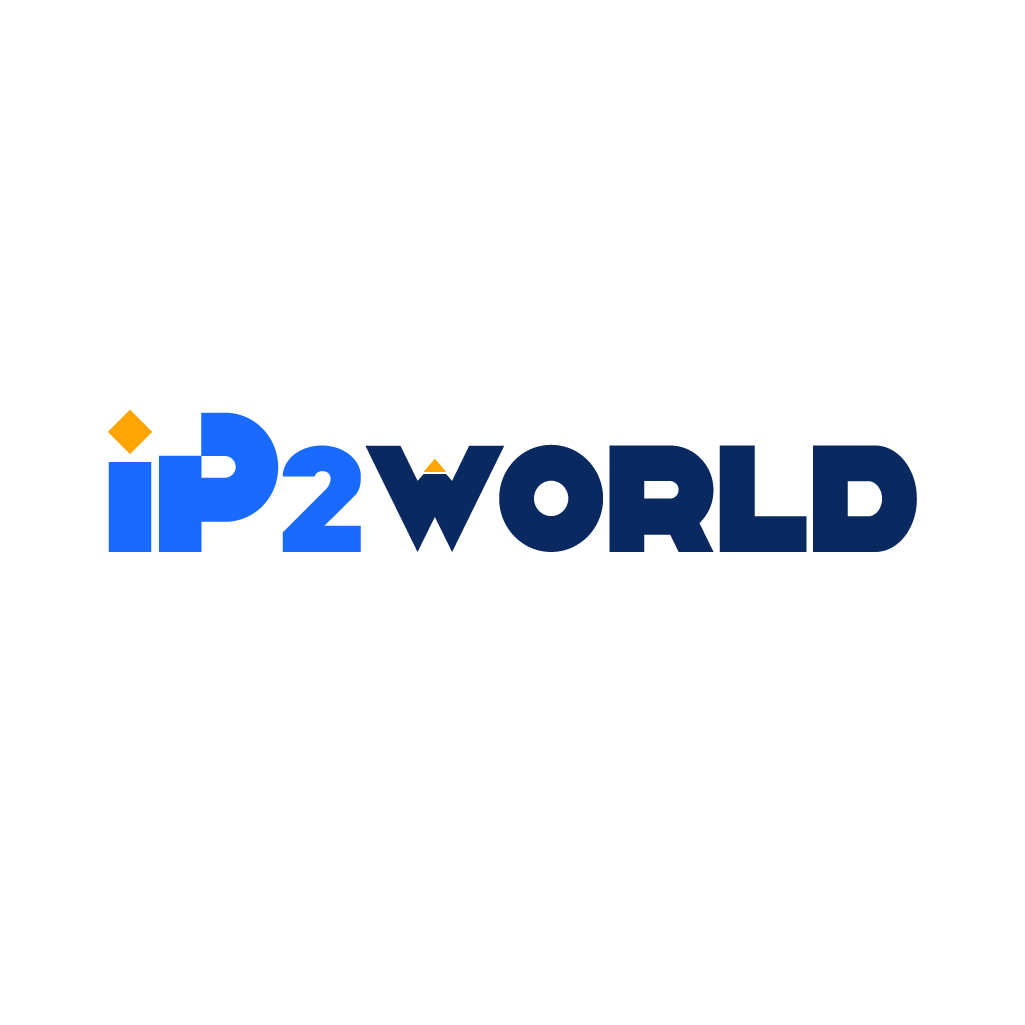As two core network communication protocols, WebSocket and HTTP play a vital role in modern Internet communication. HTTP (Hypertext Transfer Protocol) is a request/response protocol, which is mainly used for communication between clients (usually browsers) and servers. It is stateless and connectionless, and the connection is closed after each interaction. It is suitable for requesting and obtaining content, such as loading web pages and downloading resources. WebSocket is a full-duplex communication protocol, which allows a lasting connection between the client and the server to realize two-way data flow, and is suitable for scenes requiring real-time data transmission, such as online games and chat applications. In terms of connection mode, the stateless nature of HTTP means that each request is independent, and the server can't remember the state of the client, which leads to extra delay in frequent interaction. In contrast, WebSocket reduces the performance overhead caused by repeated connection establishment by establishing a persistent connection. According to the performance test data, WebSocket can significantly reduce the delay and improve the data transmission efficiency compared with HTTP in high-frequency data transmission scenarios. HTTP is mainly used for the transmission of static content, such as Web pages, pictures and documents, and is suitable for traditional web browsing and file downloading scenarios. Because of its full-duplex communication capability, WebSocket has become the first choice for real-time applications, which is widely used in online collaboration tools, real-time notification systems and interactive games. For example, a market research shows that the online game platform using WebSocket is about 40% faster in response time than the platform using HTTP, which proves the advantages of WebSocket in real-time interaction. HTTP and WebSocket overlap in port usage, and usually both use port 80 (unencrypted) or 443 (encrypted, that is, HTTPS or WSS). In terms of security, HTTP can encrypt data transmission through HTTPS, while WebSocket provides encrypted full-duplex communication through WSS. A security performance test shows that WebSocket connection using WSS is equivalent to HTTPS in data transmission security, and can effectively protect the security of data transmission. Every request and response of HTTP needs to carry complete header information, which will increase data transmission in high-frequency interactive scenarios. On the contrary, WebSocket does not need additional header information for data transmission after connection is established, thus reducing the data transmission volume. In addition, the HTTP request is controlled by the client, and the server only responds to the request; WebSocket allows the server to send messages to the client actively, which provides the server with more control ability and makes the communication process more flexible and efficient. To sum up, there are significant differences between WebSocket and HTTP in connection type, performance, usage, protocol port, security, header information and control mechanism. These differences determine their applicability and efficiency in different application scenarios. With the development of Internet technology, these two protocols will continue to play an important role in their respective fields. WebSocket and HTTP are fundamentally different in the process of connection establishment. HTTP connection is a stateless and connectionless mode. Every request is accompanied by a brand-new connection establishment. The client establishes a connection with the server by initiating a request, and the server closes the connection after responding. This mode is suitable for occasional data interaction, but it is inefficient in frequent interaction scenarios. According to the analysis of network performance, HTTP connection requires TCP three-way handshake and four waves during each interaction, which increases the extra delay. In contrast, the connection establishment process of WebSocket is more efficient. It uses HTTP protocol in the initial handshake stage. Once the handshake is successful, it will switch to WebSocket protocol and keep the connection. This connection allows data to flow in both directions between the client and the server without re-establishing the connection. According to the performance test, the data transmission delay of WebSocket after the connection is established is about 95% lower than that of HTTP, which significantly improves the communication efficiency. WebSocket provides significant advantages in connection persistence. Once the WebSocket connection is established, it will remain open until the client or server decides to close the connection. This persistent connection reduces the performance overhead caused by frequent connection establishment and closure. For example, in a performance test for real-time chat applications, the maintenance time of WebSocket connection is more stable than that of HTTP long connection, and the data transmission is more continuous and smooth. HTTP connection is not persistent, and the connection is closed after each request, which is feasible in static content transmission, but it is not efficient in application scenarios that require continuous data exchange. For example, the performance test of a real-time application based on HTTP long polling shows that compared with WebSocket, it has obvious gap in data transmission continuity and real-time. In connection management, WebSocket can realize more complex communication modes because of its persistent connection characteristics. The server can push data to the client at any time, and the client can also send data to the server at any time. This two-way communication mode provides strong support for real-time applications. For example, in a test of stock trading platform, the system using WebSocket can push the price update faster than the system based on HTTP polling. HTTP connection management is relatively simple. Because of its stateless and connectionless characteristics, the server cannot actively push data to the client, and all data transmission is triggered by the client's request. This mode is simpler in management, but it has limitations in real-time and interactivity. For example, in a test for updating the content of web pages, the system based on HTTP polling requires the client to constantly initiate requests to obtain the latest content, which not only increases the burden on the server, but also leads to the delay of data updating. To sum up, the differences between WebSocket and HTTP in connection modes are mainly reflected in connection establishment process, connection persistence and connection management. WebSocket, with its full-duplex communication and persistent connection, shows obvious advantages in scenes that need real-time and bidirectional data transmission, while HTTP is more suitable for traditional Web applications based on request-response mode. With the continuous development of Internet applications, these two protocols will continue to play an important role in their respective fields.
2024-10-22









